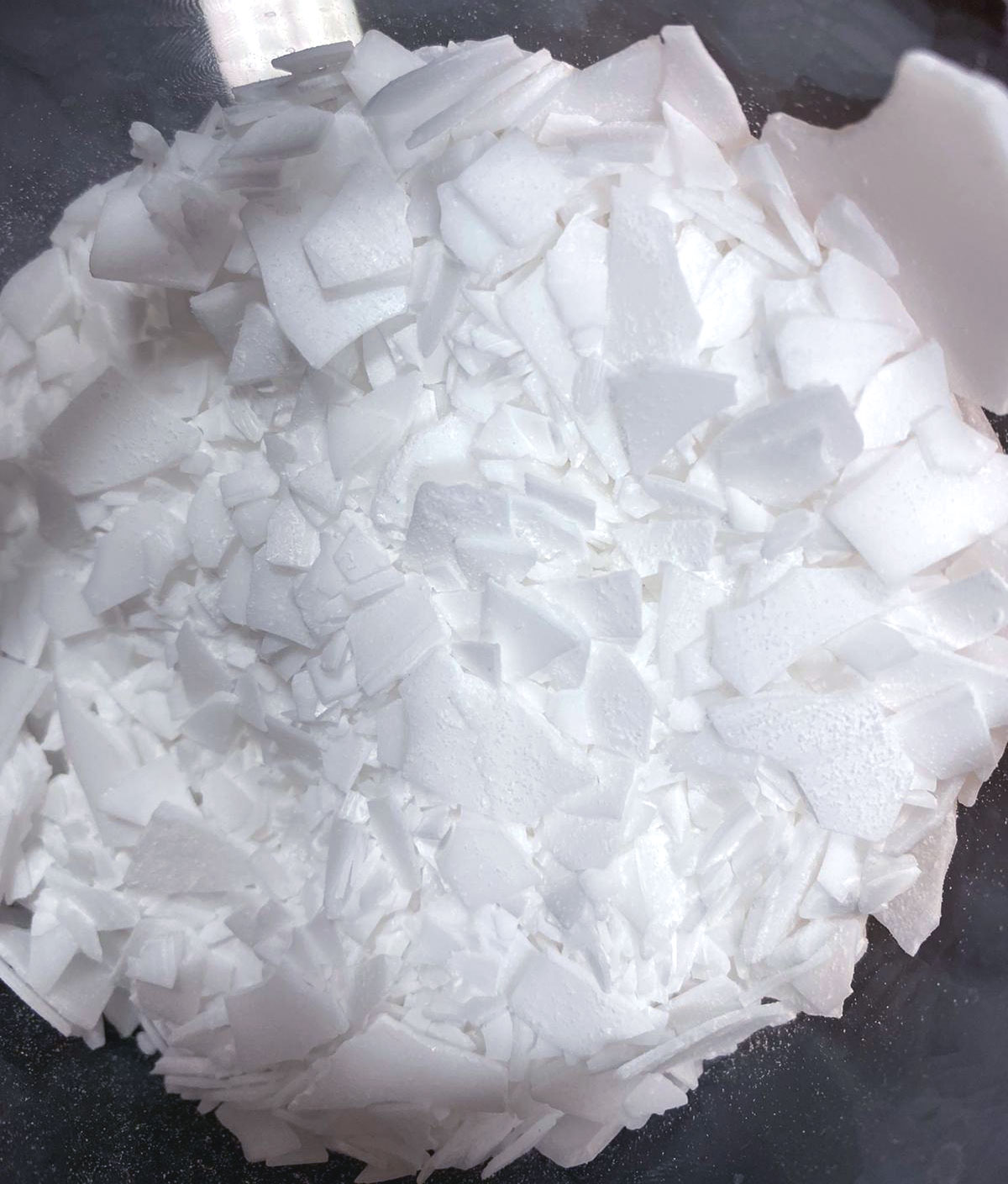Introduction

Polyethylene wax
Polyethylene wax (PE wax) is a versatile and widely used synthetic wax derived from the polymerization of ethylene. Known for its unique properties and broad range of applications, PE wax plays a crucial role in various industries, including plastics, cosmetics, and rubber manufacturing.
Properties of Polyethylene Wax
Polyethylene wax is characterized by its low molecular weight, high melting point, and excellent chemical resistance. It is a semi-crystalline material, typically appearing as small pellets or flakes. The wax is hard and brittle at room temperature, making it easy to handle and process. Key properties of PE wax include:
High Softening Point: PE wax has a high softening point, which makes it suitable for applications requiring thermal stability.
Excellent Lubricity: The wax provides superior lubrication, reducing friction and wear in various applications.
Chemical Resistance: PE wax is highly resistant to chemical attacks, ensuring durability and longevity in harsh environments.
Thermal Stability: It maintains stability at high temperatures, making it ideal for high-temperature applications.
Production Methods
There are several methods for producing polyethylene wax, each tailored to achieve specific properties and performance characteristics:
Direct Polymerization: This method involves the polymerization of ethylene under controlled conditions to produce PE wax with desired molecular weight and chain branching.
Thermal Decomposition: High molecular weight polyethylene resin is thermally decomposed to create lower molecular weight fractions, resulting in PE wax.
Mechanical Decomposition: Similar to thermal decomposition, this method uses mechanical processes to break down high molecular weight polyethylene into smaller fractions.
Applications of Polyethylene Wax
Polyethylene wax is used in a variety of applications due to its unique properties:
Plastic Additives: PE wax is commonly used as a lubricant and dispersant in the production of PVC pipes and other plastic products. It enhances the processing and performance of plastics by improving flow and reducing friction.
Cosmetics: In the cosmetics industry, PE wax is used in formulations for lipsticks, creams, and lotions. Its excellent lubricity and stability make it a valuable ingredient in personal care products.
Rubber Manufacturing: PE wax is used as a processing aid in rubber manufacturing, improving the flow and release properties of rubber compounds.
Coatings and Inks: The wax is also used in coatings and inks to enhance surface properties, such as gloss and abrasion resistance.
Conclusion
Polyethylene wax is a highly versatile material with a wide range of applications across various industries. Its unique properties, such as high melting point, excellent lubricity, and chemical resistance, make it an invaluable component in many products. As industries continue to innovate and develop new applications, the demand for PE wax is expected to grow, further solidifying its importance in modern manufacturing processes.
Click here to purchase our products
